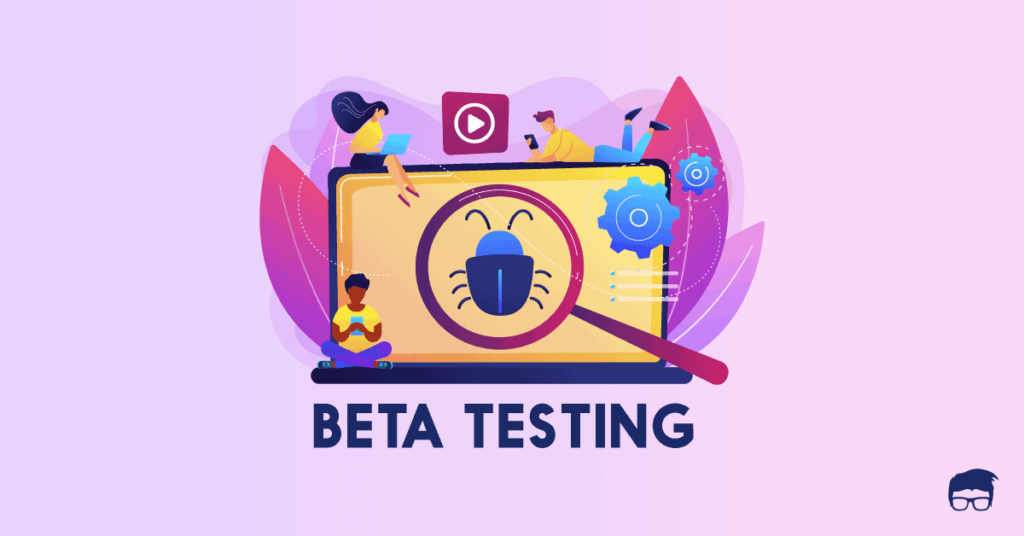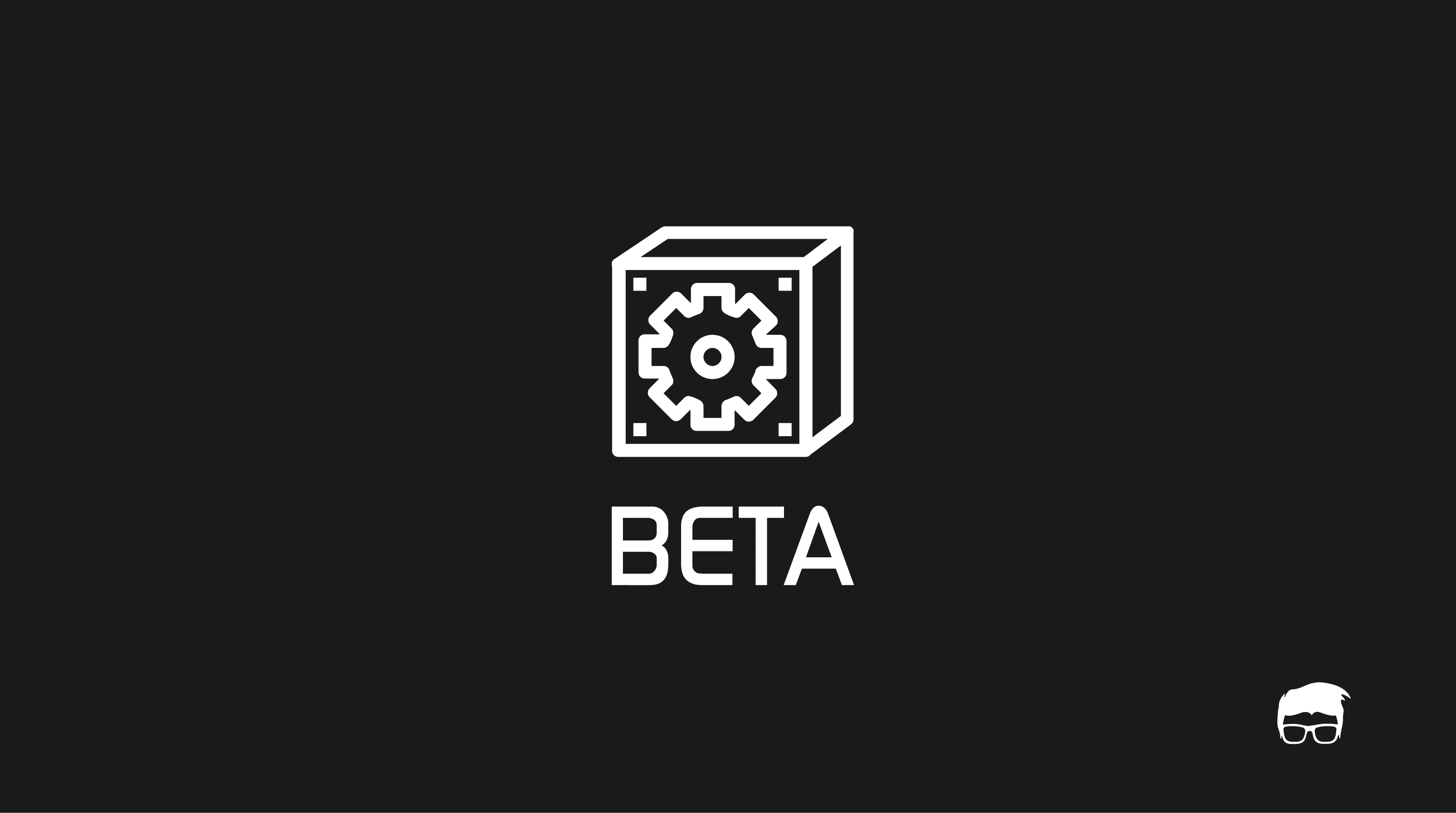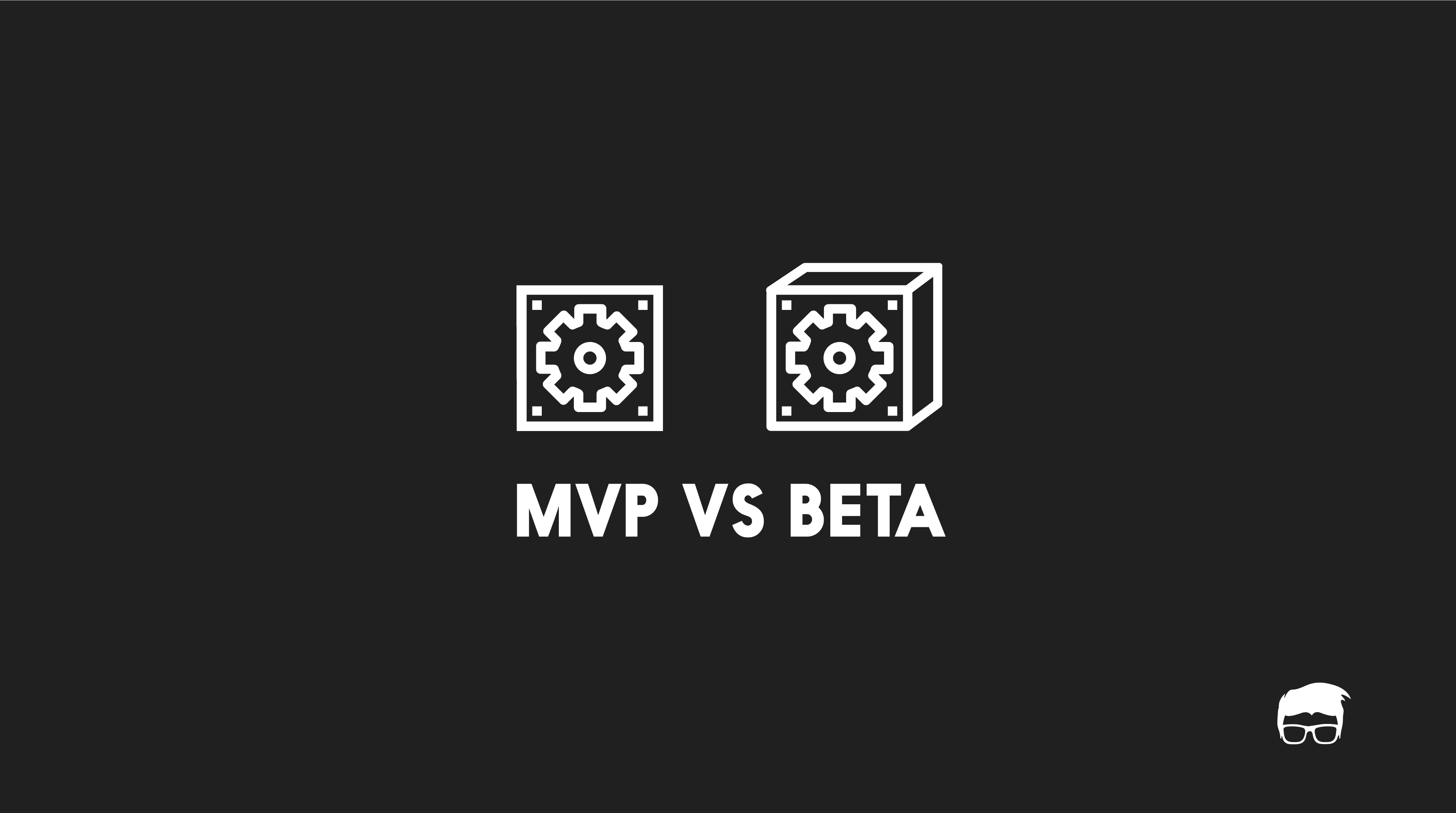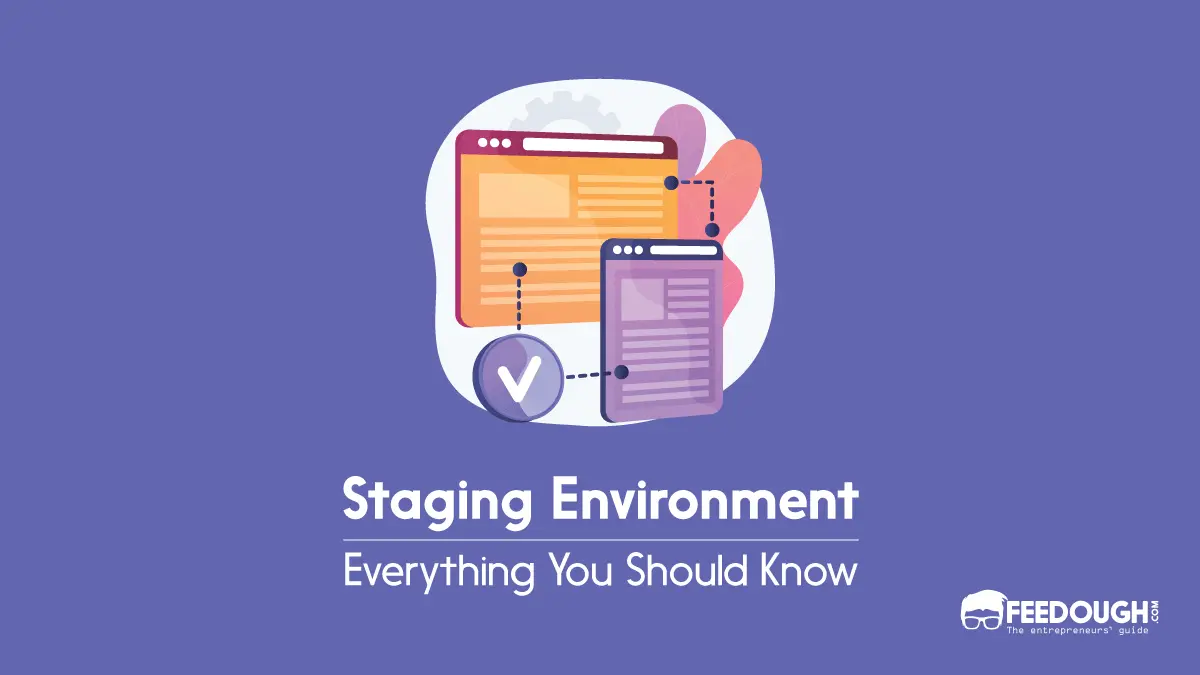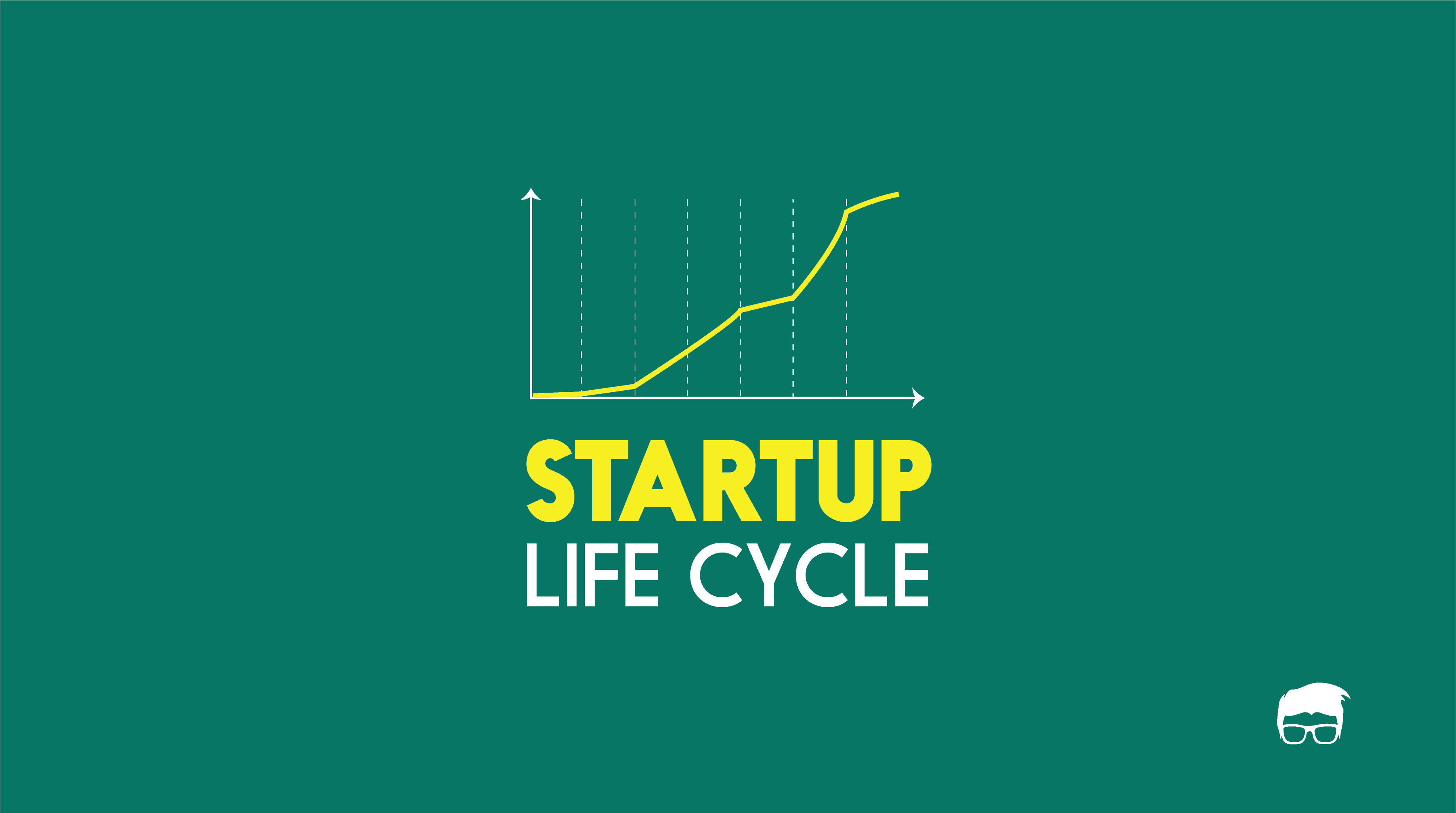No one wants to launch a faulty product in the market. But often, there are bugs, flaws, and errors that are not visible to the developers. In such cases, the developers release the offering to the real users (usually a limited number) but with a disclaimer that the offering is a beta test and might be unstable. These users give feedback to the developers, which is then used to perfect the final product.
But what is beta testing, and how is it different from other forms of early-product-testing?
What Is Beta Testing?
Beta testing is a type of user acceptance test where a nearly finished product is offered to real users to evaluate in the real environment and provide feedback.
Also called end-user testing, beta testing is known to stand out because of its unique features. These features are imbibed in its definition –
- Type Of User Acceptance Test: Beta testing is also called user testing or customer validation. It aims to perfect the product by letting a sample audience try the product and validate its proposition. This test involves getting data in the form of experiences of the early users, which is then used to make final changes before releasing the product commercially.
- Nearly Finished product is offered: the beta version is a nearly finished version of the offering that’s refined more using the user experience data and feedback.
- Real Users: Beta test is done by inviting users from the actual target audience to test the offering.
- Real Environment: The beta version is almost a finished version of the product released to the actual market where the consumer uses the offering just like he/she would use the final offering. Precisely, beta versions are released in a live production environment.
- Feedback: Feedback forms an integral part of beta testing. The users who take part in beta testing are asked to fill up feedback forms where they state the bugs, errors, and suggestions on how the user experience of the product can be improved before it is made generally available (GA).
Beta testers are real users of the offering who use and test it in a production environment operating on the same hardware, networks, etc., as the final release. These are among the first early adopters who get a chance to experience the final offering and test it for security, reliability, and other factors before it is released to the general audience.
Why Is It Called Beta Testing?
Testing stages are denoted by Greek letters. Since it’s the second phase of testing after alpha testing, it’s called the beta testing phase.
When Is Beta Testing Done?
Beta testing is performed after the alpha testing is done and the product’s concept is validated, but before the actual product is released in the market.
Usually, beta testing is done when the product is almost 90%-95% completed and is stable enough to be used in the production environment. Usually, a product in the beta test stage fulfils the following requirements:
- The product is in the feature-complete state. All the product features that are planned for the final release are ready and included in the test product.
- The product is stable enough to be launched in the real environment and not a lab environment.
- Product documentation (including Setup, Installation, Usage, and Uninstallation) is detailed out and reviewed for correctness.
- Procedure to collect bugs and feedback is developed and ready within the test product.
Beta Testing Vs Alpha Testing
Alpha Testing | Beta Testing | |
|---|---|---|
Definition | Alpha testing is performed by the internal audience to identify the bugs and errors before the product or software is released to the real users. | Beta testing is performed by the real clients of the products who identify the bugs and give feedback to improve the offering before it is made generally available. |
Testers | This test is performed by the internal audience or a very limited number of specialised testers hired for the same. | The tests are performed by the real clients who’ll be using the product in future. |
Number Of Users | It witnesses a very limited number of testers. | It witnesses fairly large yet limited number of testers. But the number of testers is more than the alpha stage. |
Environment | Testing is done in a development environment | Testing is done in a production environment |
Motive | Alpha testing is done to ensure that all the known bugs and errors are removed before the real customer tries the offering. | Beta testing is done to ensure that the offering is fully ready and free of any bugs before it is made generally available for the public. |
Purpose Of Beta Testing
Beta test is almost a final product that is built based on the finding of the alpha testing phase. The sole purpose of the beta version is to ensure that the final product that will be generally available will:
- Be free of bugs and errors,
- Meet customers’ expectations,
- Be approved by the customers,
- Have a smooth user experience, and
- Have real-world compatibility.
Importance Of Beta Test
Traditionally, the new product development process saw just four phases: (1) concept (2) design (3) build (4) launch. This process didn’t consider market validation, testing for errors, improvement before launch, etc.; which made many products die as soon as they were launched in the market.
This is why the testing phase was added to the process. This phase steadily increases the probability that the product will succeed when it is launched in the market.
How Long Does Beta Testing Last?
Usually, an ideal beta test lasts between four and eight weeks.
But since different tests come with different requirements, it can last anywhere between two and twelve weeks.
Types Of Beta Testing
Beta tests can be categorised into various types depending upon the number and types of testers and the goals and objectives of the tests.
Based On The Type And Number Of People
- Closed Beta Test: Also called private beta, this version is released to a limited group of individuals who get to become a tester by invitation. Generally, this version of the beta test is closed to the general public, and every tester is approved before he is allowed to test the offering. This is done so as to examine the offering’s core structure, stability, and general public reception. Games like Valorant and Crucible were launched in closed beta to make them error-free and public ready before the actual launch.
- Open Beta Test: Also called public beta, this version does not restrict access and allows anyone to become a beta tester. Usually, this version is launched after the closed beta test version and helps the developers collect quantitative data about the usage and interaction patterns. Gmail and Yahoo! was launched as an open beta where the companies collected data for years, improving the UI, UX, and backend before the offering was launched for the general public.
Based On The Type Of Tests And Goals
- Traditional Beta Testing: Traditional beta tests involve distributing the test version to the target audience, collecting feedback and data in all aspects, and implementing changes. Only users belonging to the intended target audience are allowed to test the offering.
- Public Beta Testing: Similar to open beta testing, public beta tests involve distributing the test product to end users worldwide with the aid of online channels. Feedback and data is also collected using the same channels, which is then used to make the required changes and modifications.
- Technical Beta Testing: Technical beta testing involves releasing the product to internal groups of people (like employees, consultants, etc.) who provide the developers with the required data and feedback.
- Focused Beta: Focused Beta are released to the public with an aim to gather feedback on specific features or components of the offering.
- Post-Release Beta: In post release beta testing, a product is released to the market and data, and feedback is collected to make improvements for the future versions of the product.
How Does Beta Testing Work?
While different developers choose different types of beta tests according to their requirements, the process they follow usually remains the same. This beta testing process involves five steps:
- Planning: Planning always precedes the beta test phase. This stage involves defining goals, strategies, and requirements like test management, the number of participants involved in testing, time for the testing of an application, feedback collection process and procedure, etc.
- Recruiting: This stage involves the business to choose the right people for beta testing. It is done depending upon the type of beta test and the requirements.
- Release: Once the testers are recruited, the offering along with product documentation like user manuals are released or distributed to the testers to use and test.
- Feedback Collection And Evaluation: This stage involves the developers to collect user data and feedback from the users either directly or indirectly to improve the offering according to the end-user viewpoint.
- Closure: The beta testing phase comes to an end once all the features and components become bug-free.
Advantages And Disadvantages Of Beta Testing
Beta testing comes with its own set of advantages and disadvantages. These are:
Advantages
- It provides with an additional level of testing and product validation that increases the probability of the product’s success in the market.
- It helps in uncovering unexpected errors that may have resulted in a bad image if it were found in the final product.
- It helps in analysing customer feedback before the release of the actual product.
- It helps in determining the actual status of the product before release (whether it is ready for the release or not).
Disadvantages
- Often times, in public beta or open beta, there’s a risk of deteriorating brand image of the product doesn’t fit the expectations.
- It can result in a product failure in case of poor test management and feedback collection process.
- Finding the right beta testers is a challenge.
What Comes After Beta Testing?
Beta test is usually followed by gamma testing (also called release testing) that ensures that the product is market-ready and fulfils all the security and functional requirements. Usually, this phase doesn’t result in a major modification of product unless the detected bug is of a high priority and severity.
Go On, Tell Us What You Think!
Did we miss something? Come on! Tell us what you think about our article on beta test in the comments section.
A startup consultant, digital marketer, traveller, and philomath. Aashish has worked with over 20 startups and successfully helped them ideate, raise money, and succeed. When not working, he can be found hiking, camping, and stargazing.
